Poisonous plants and construction
Outdoor work can be hazardous - even with appropriate health and safety policies and risk assessments - if employees do not understand the risks and receive appropriate training to manage their own PPE responsibilities, then they may be putting themselves at increased risk.
The UK has its share of poisonous plants that may cause rashes, illness, and - in rare cases - death. When working in remote locations, or on building sites, make sure to assess the dangers on site, and remove (if possible) any plants that may cause harm to workers. The following plants are poisonous when ingested, but mostly skin irritants.
Plants that are skin irritants:
- Wolf’s Bane: Cases of accidental poisoning are rare, but the plant’s toxins can slow the heart rate, cause upset stomach, and can be fatal. Only handle with gloves.
- Stinging Nettles: A common sight in the UK, nettles have needle-like hairs which penetrate the skin and sting you. It’s accompanied by burning, itching, and rash. Use dock leaves to neutralise and cool the skin.
- Giant Hogweed: This plant grows up to five metres tall (16 feet) along footpaths and riverbanks, and the plant’s sap can cause severe painful burns if it comes into contact with the skin. It will make the skin sensitive to strong sunlight. Wash affected areas with soap and water. The blisters heal slowly and can cause phytophotodermatitis, which flares in sunlight. If you feel unwell after exposure, go to your doctor.
- Thorny Plants: Needles and spines from roses, holly, blackberry bushes, and brambles can cause infections on the skin. If you are stuck by a thorn, remove the thorns and soak the area in warm water. Wear protective gloves around these plants.
Wolf’s Bane: Photo credit: 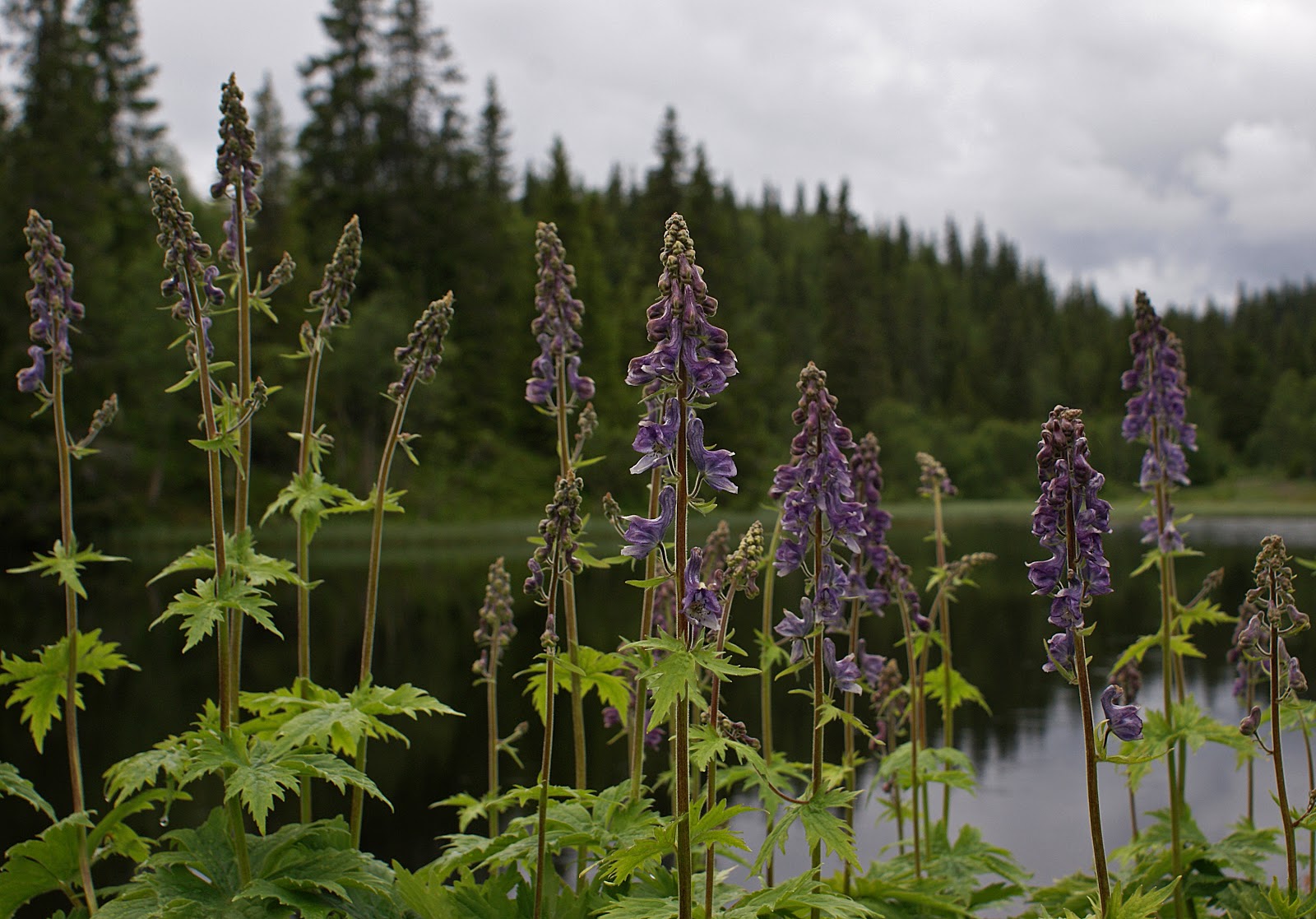
|
Stinging Nettles: Photo credit: 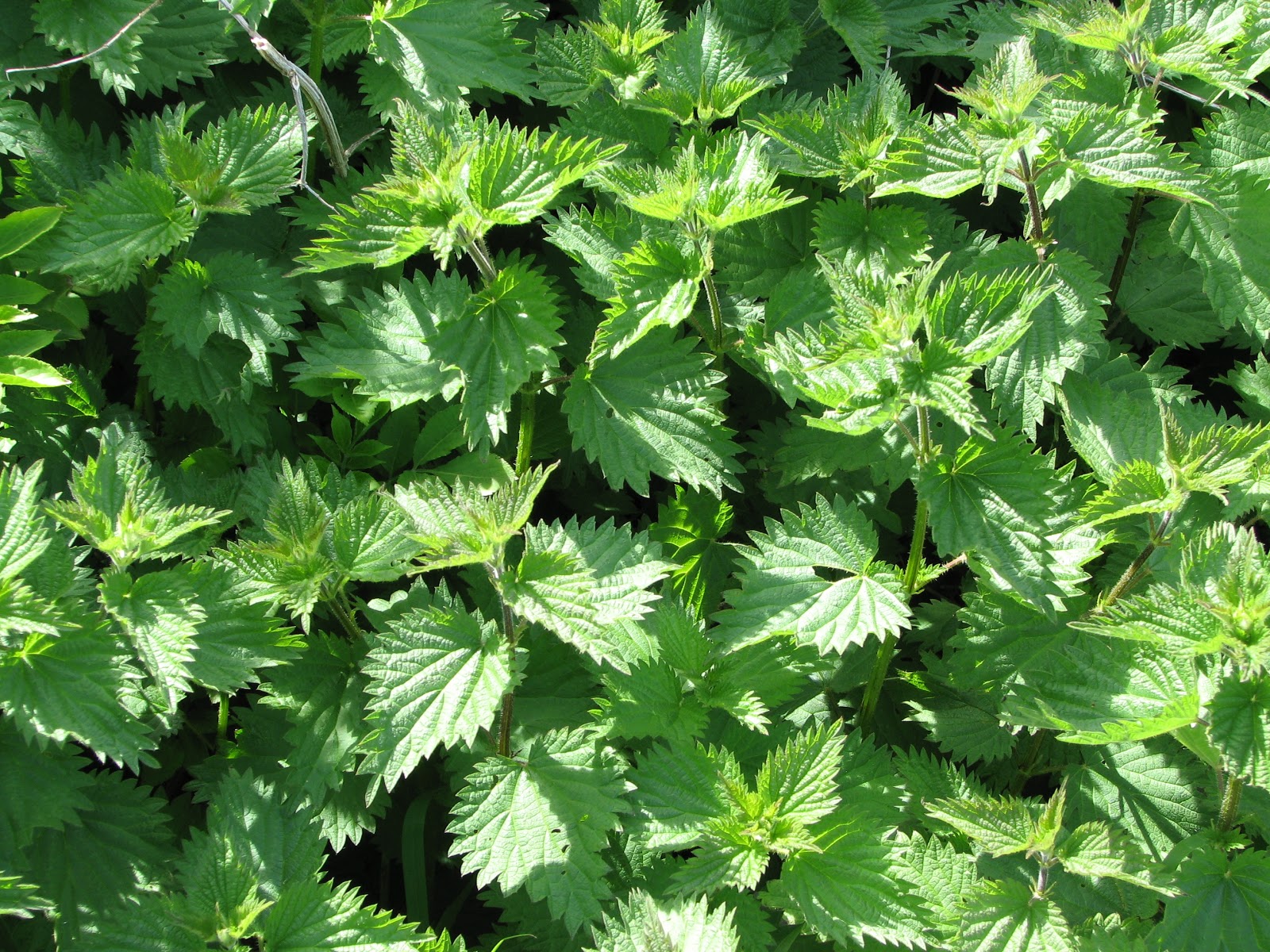
|
Giant Hogweed: Photo credit: 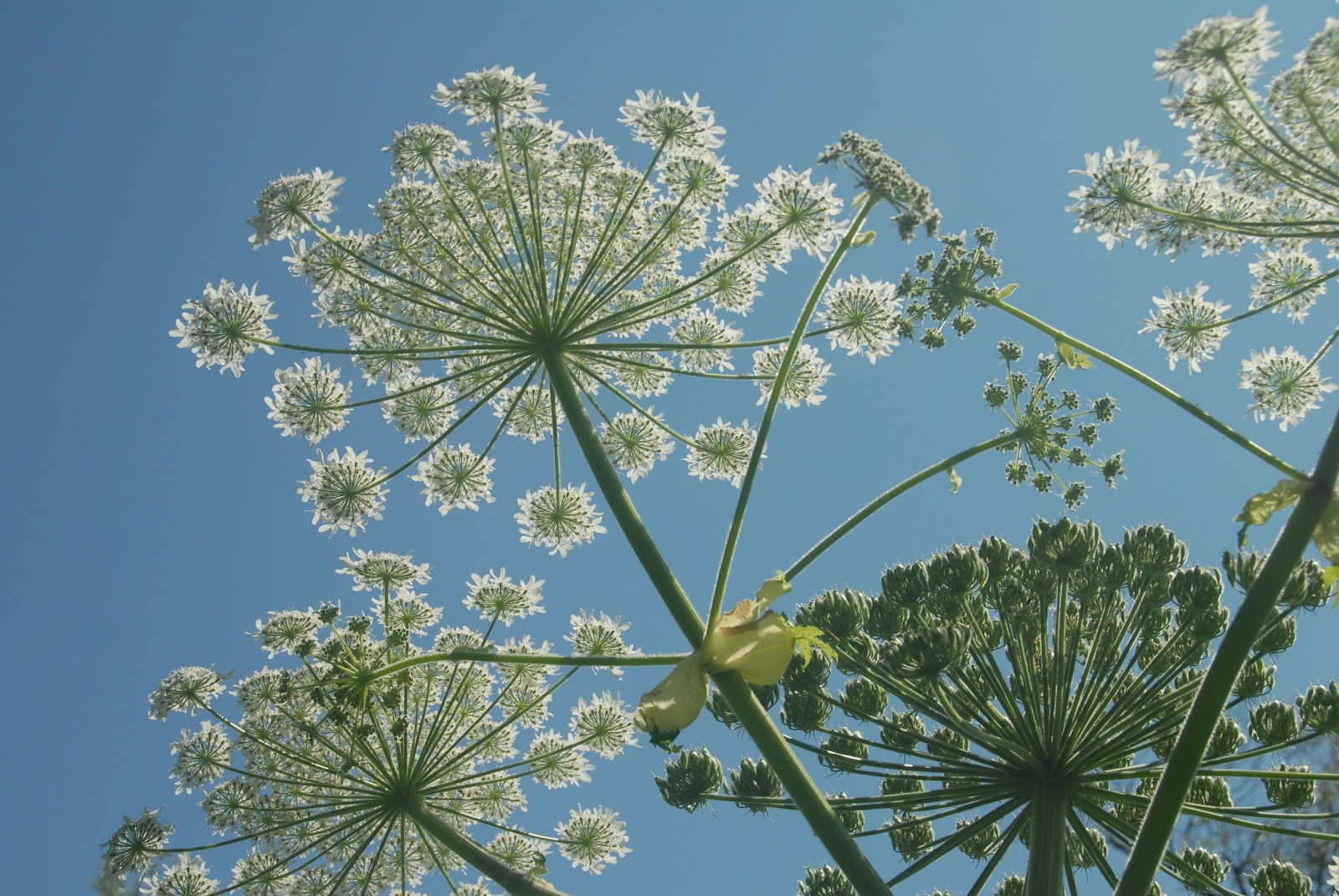
|
Thorny Plants:Photo credit: 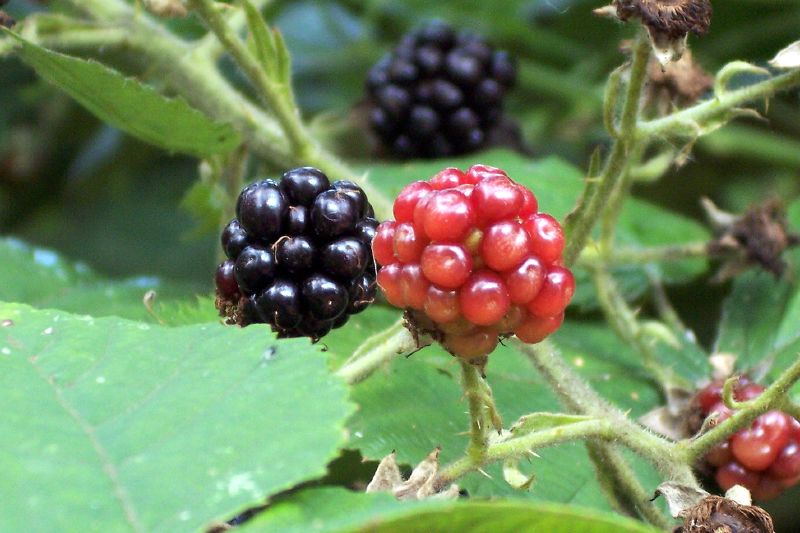
|
Plants that are poisonous when ingested:
These plants have leaves, berries, fruit, flowers, sap, or bulbs that can poison you if you eat them or give you a rash if you touch them.
- Poison hemlock
Photo credit: Dendroica cerulea via Visual Hunt / CC BY-NC-SA
- Foxgloves
Photo credit: dierken via VisualHunt / CC BY
- Lords and ladies
Photo credit: Johnson Cameraface via VisualHunt / CC BY-NC-SA
- Deadly nightshade
Photo credit: Plbmak via Visualhunt.com / CC BY-NC-ND
- Yew
Photo via VisualHunt.com
- Daffodil Bulbs
Photo credit: delayedneutron via VisualHunt.com / CC BY-NC-SA
- Chrysanthemums
Photo via Visualhunt.com
- Snowdrops
Photo credit: matthewvenn via Visual Hunt / CC BY-SA
- Mistletoe
Photo credit: bluefuton via Visualhunt / CC BY-NC-ND
Avoid touching these plants where possible, and do not eat them.
[edit] Find out more
[edit] Related articles on Designing Buildings Wiki
Featured articles and news
RTPI leader to become new CIOB Chief Executive Officer
Dr Victoria Hills MRTPI, FICE to take over after Caroline Gumble’s departure.
Social and affordable housing, a long term plan for delivery
The “Delivering a Decade of Renewal for Social and Affordable Housing” strategy sets out future path.
A change to adoptive architecture
Effects of global weather warming on architectural detailing, material choice and human interaction.
The proposed publicly owned and backed subsidiary of Homes England, to facilitate new homes.
How big is the problem and what can we do to mitigate the effects?
Overheating guidance and tools for building designers
A number of cool guides to help with the heat.
The UK's Modern Industrial Strategy: A 10 year plan
Previous consultation criticism, current key elements and general support with some persisting reservations.
Building Safety Regulator reforms
New roles, new staff and a new fast track service pave the way for a single construction regulator.
Architectural Technologist CPDs and Communications
CIAT CPD… and how you can do it!
Cooling centres and cool spaces
Managing extreme heat in cities by directing the public to places for heat stress relief and water sources.
Winter gardens: A brief history and warm variations
Extending the season with glass in different forms and terms.
Restoring Great Yarmouth's Winter Gardens
Transforming one of the least sustainable constructions imaginable.
Construction Skills Mission Board launch sector drive
Newly formed government and industry collaboration set strategy for recruiting an additional 100,000 construction workers a year.
New Architects Code comes into effect in September 2025
ARB Architects Code of Conduct and Practice available with ongoing consultation regarding guidance.
Welsh Skills Body (Medr) launches ambitious plan
The new skills body brings together funding and regulation of tertiary education and research for the devolved nation.
Paul Gandy FCIOB announced as next CIOB President
Former Tilbury Douglas CEO takes helm.
UK Infrastructure: A 10 Year Strategy. In brief with reactions
With the National Infrastructure and Service Transformation Authority (NISTA).






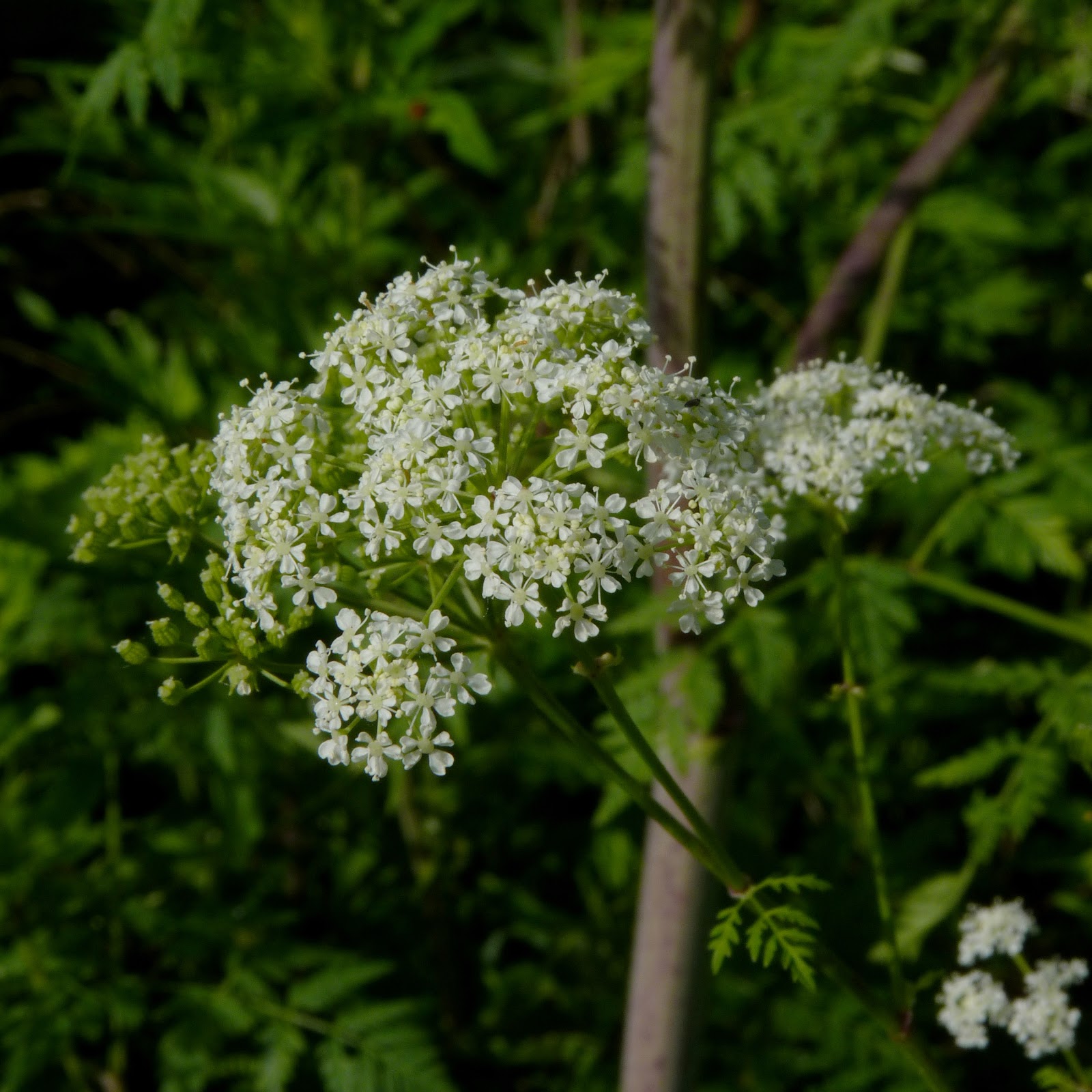
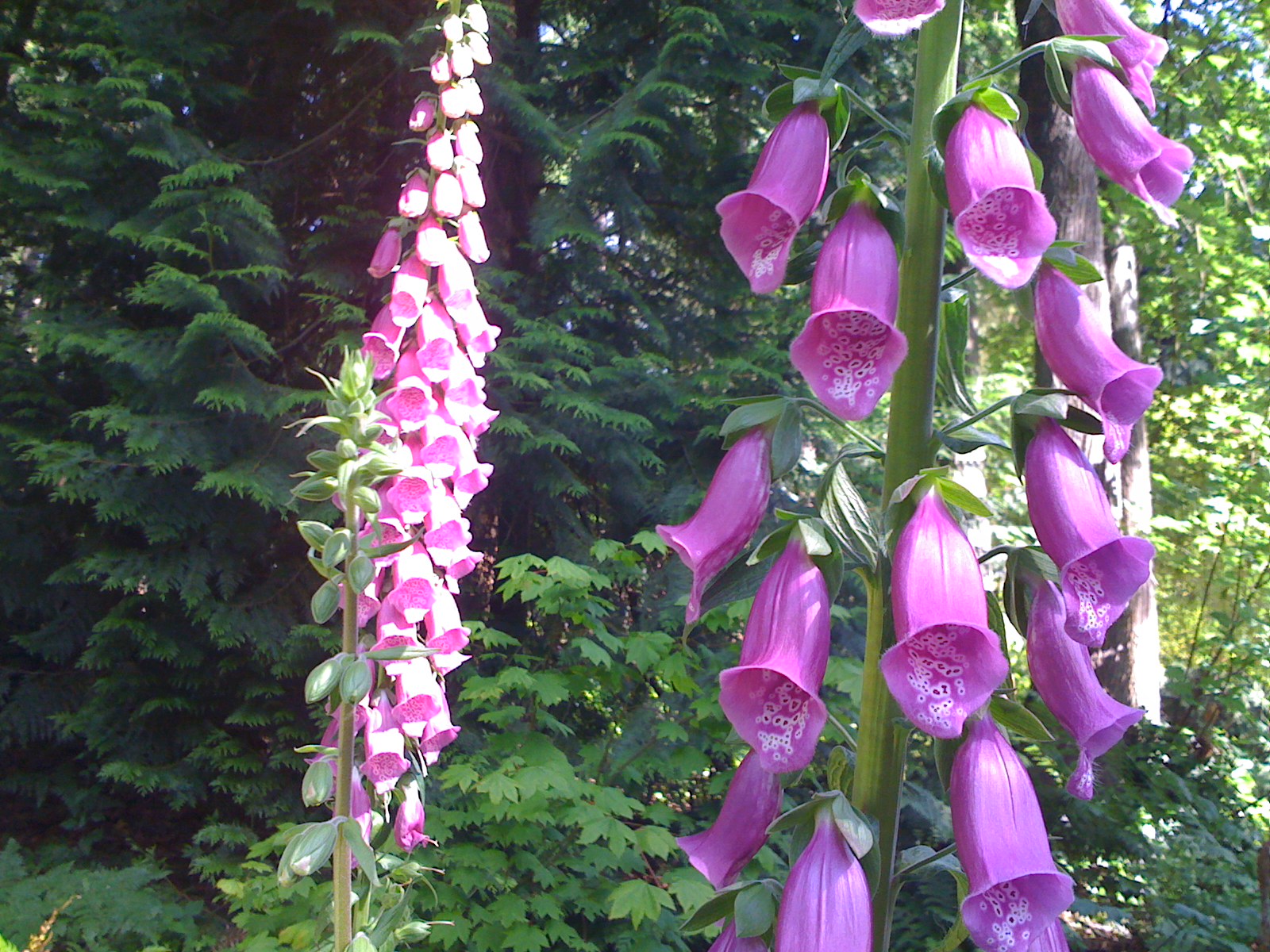
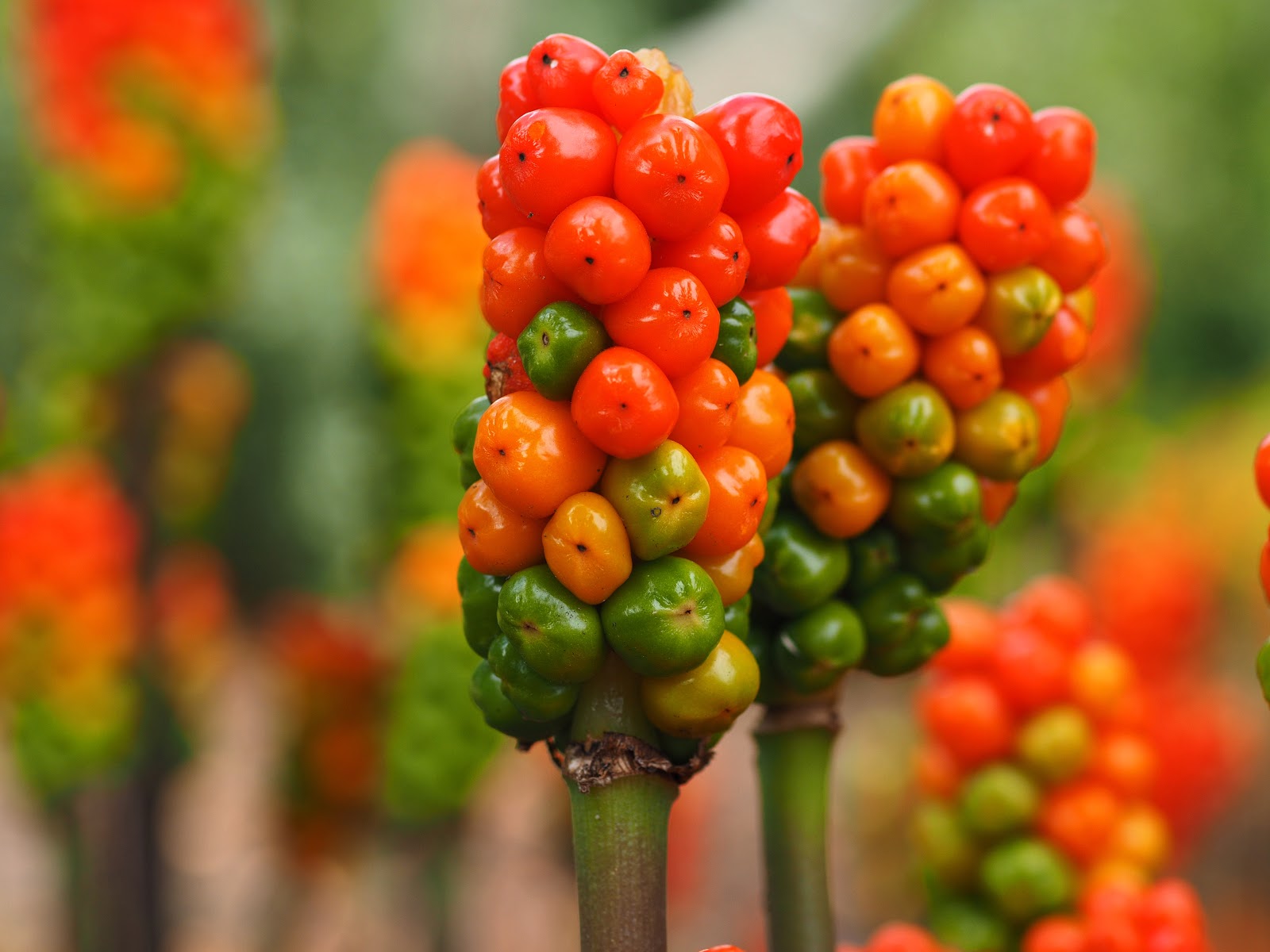
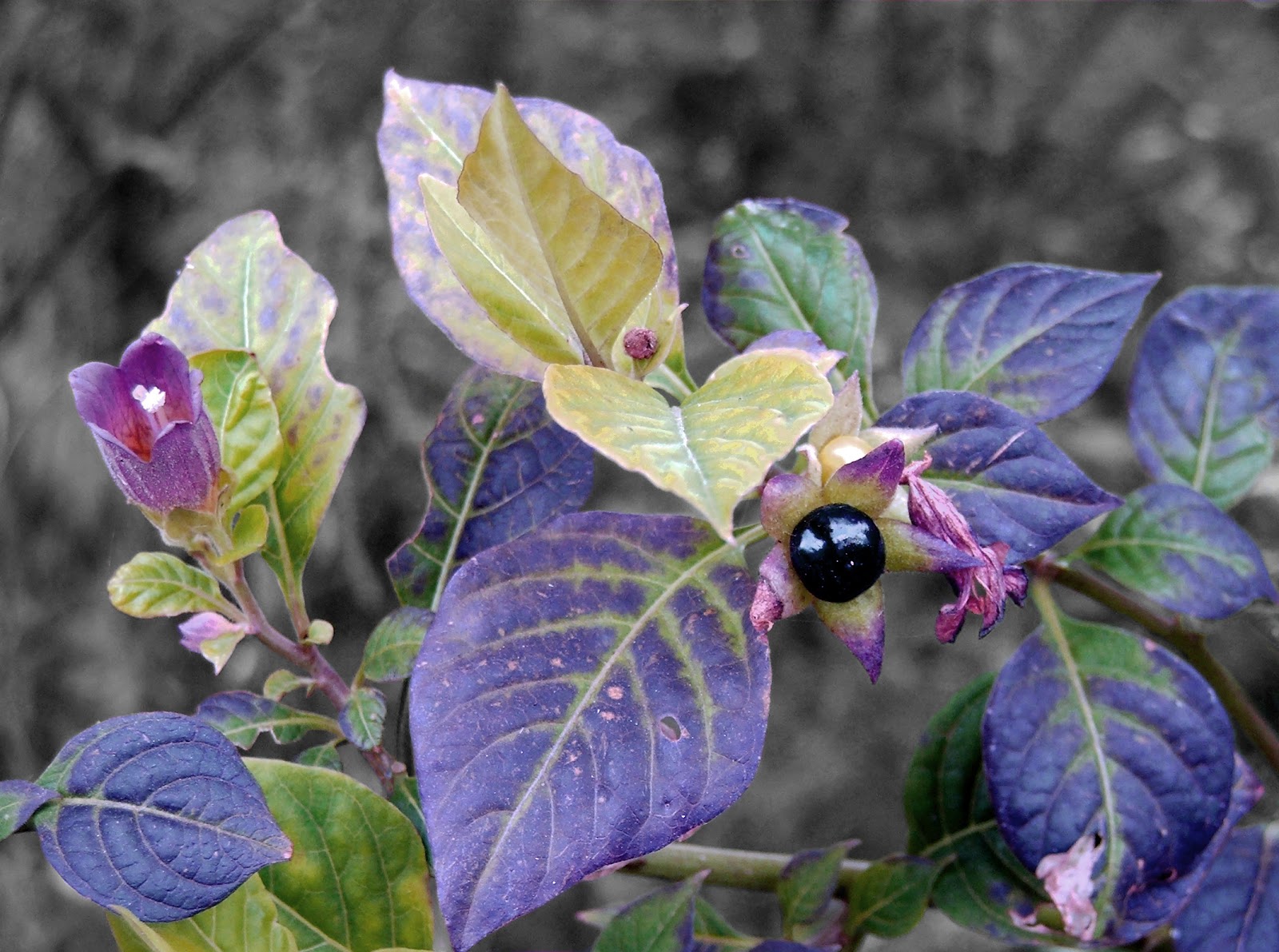
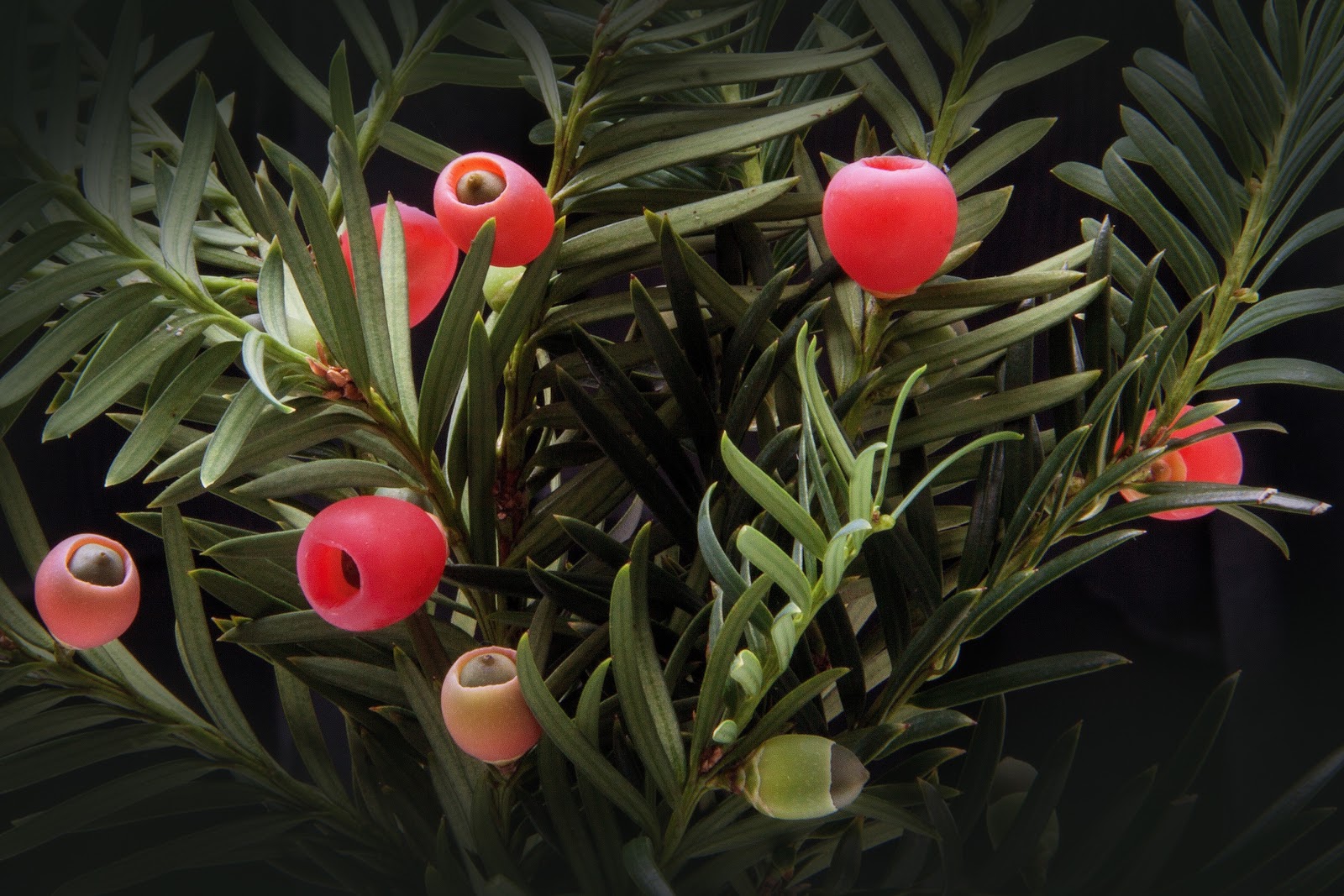
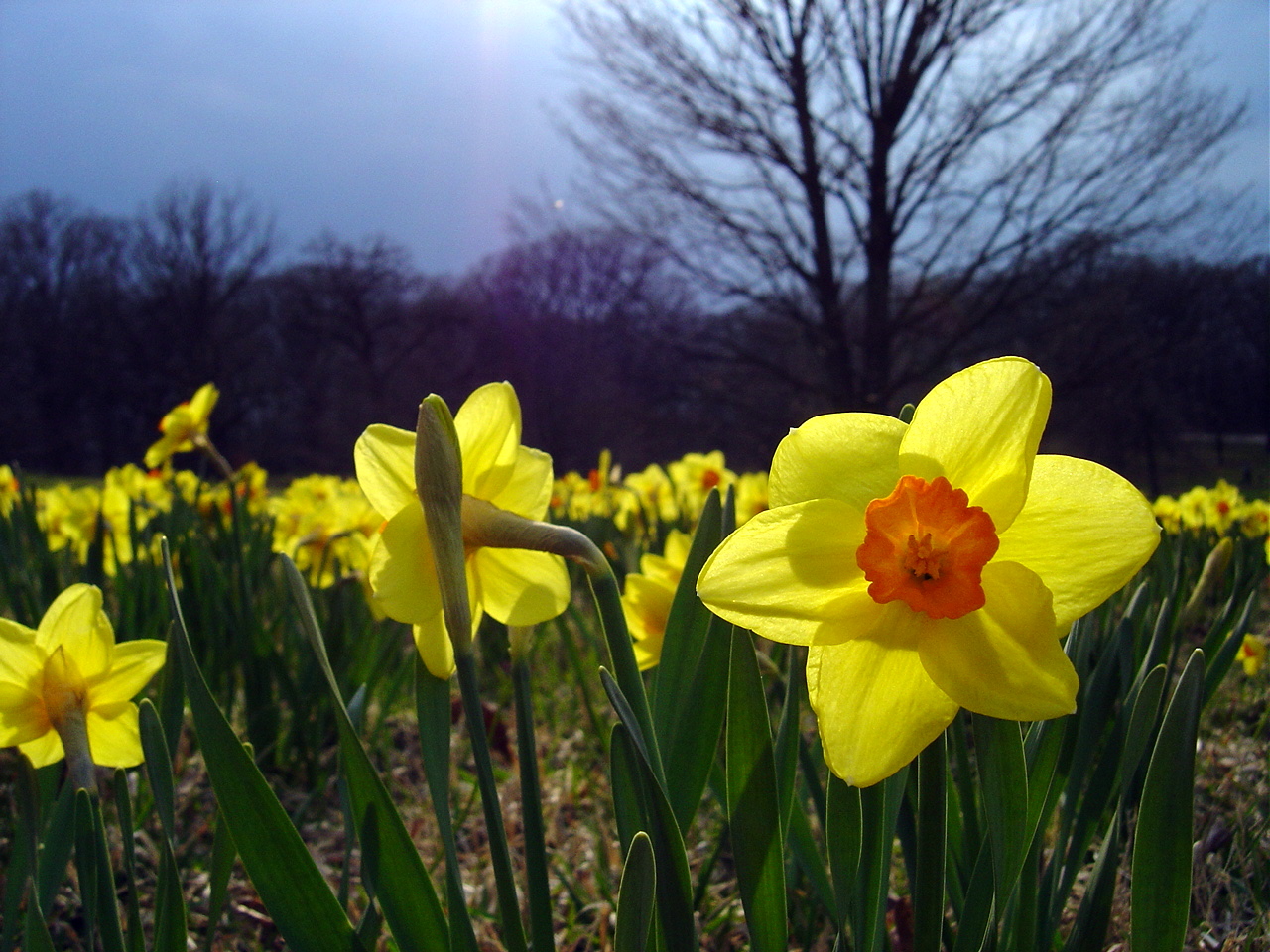
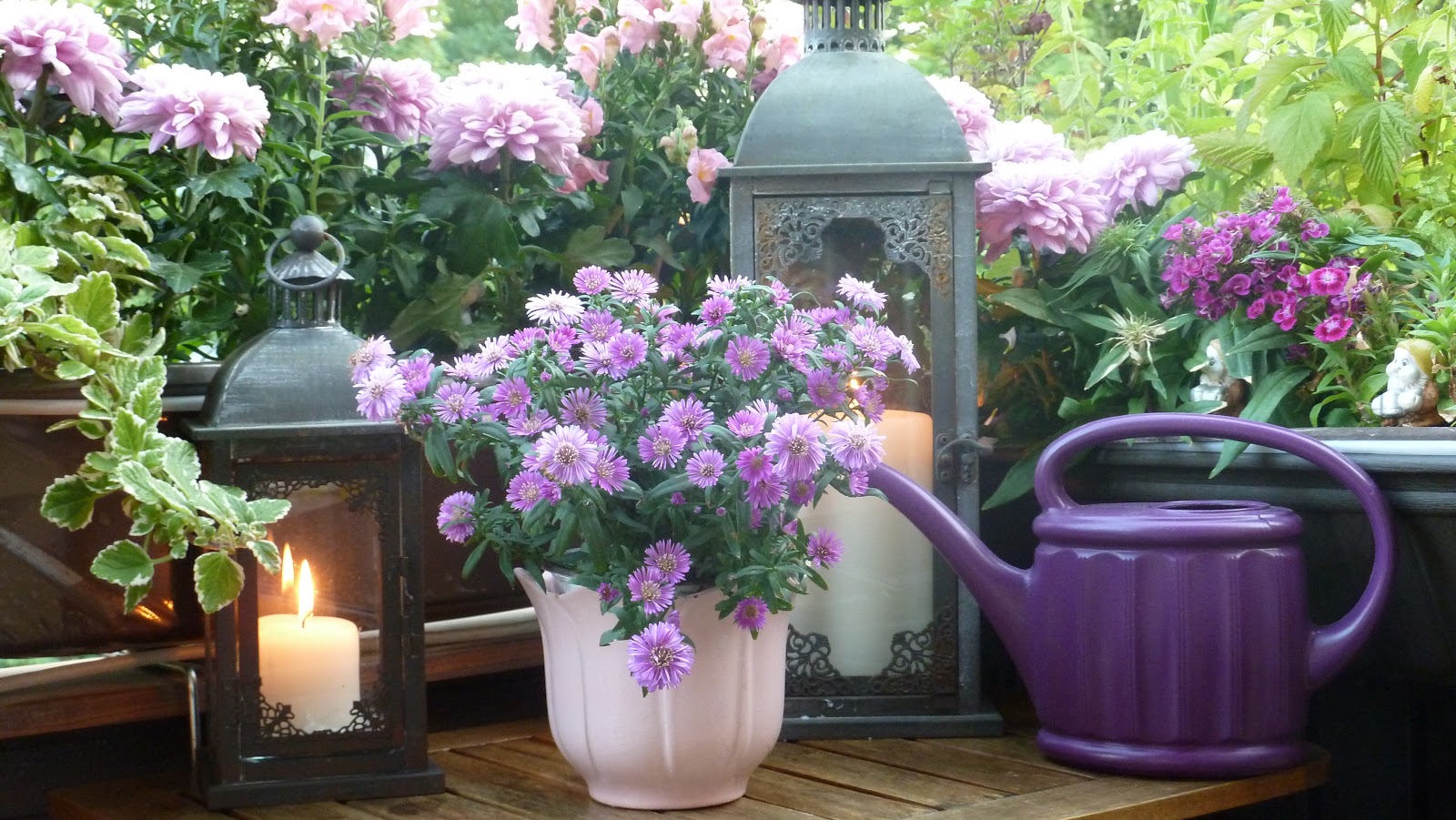
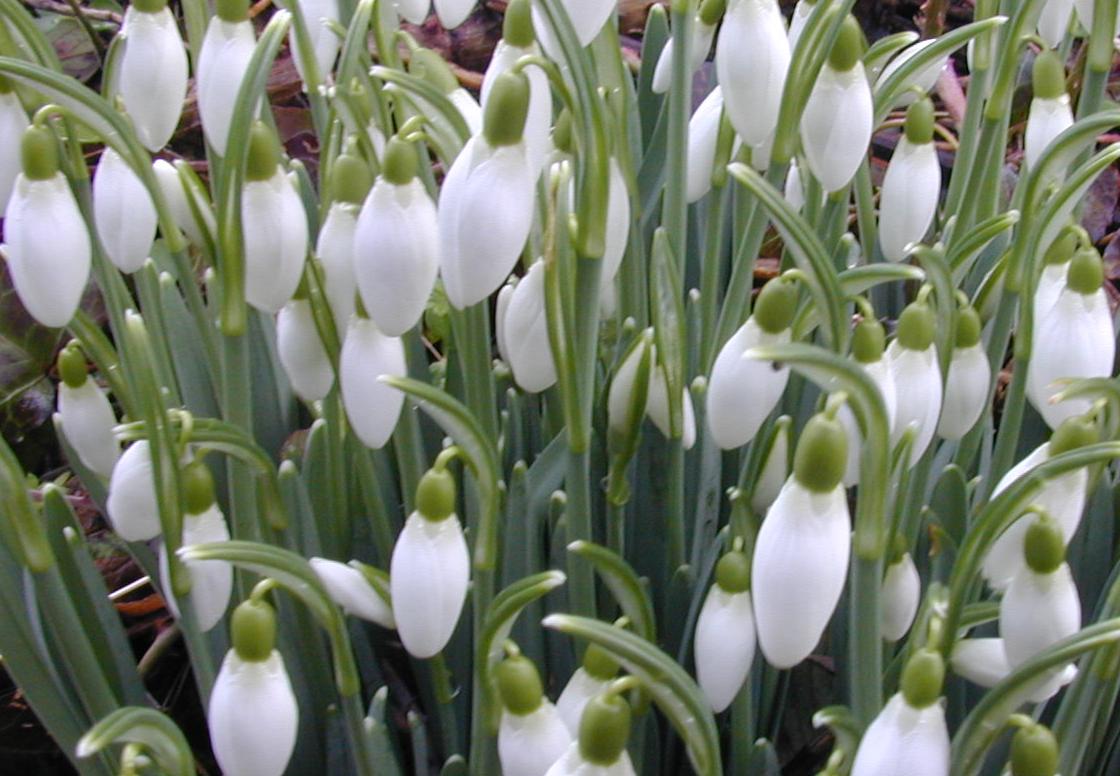
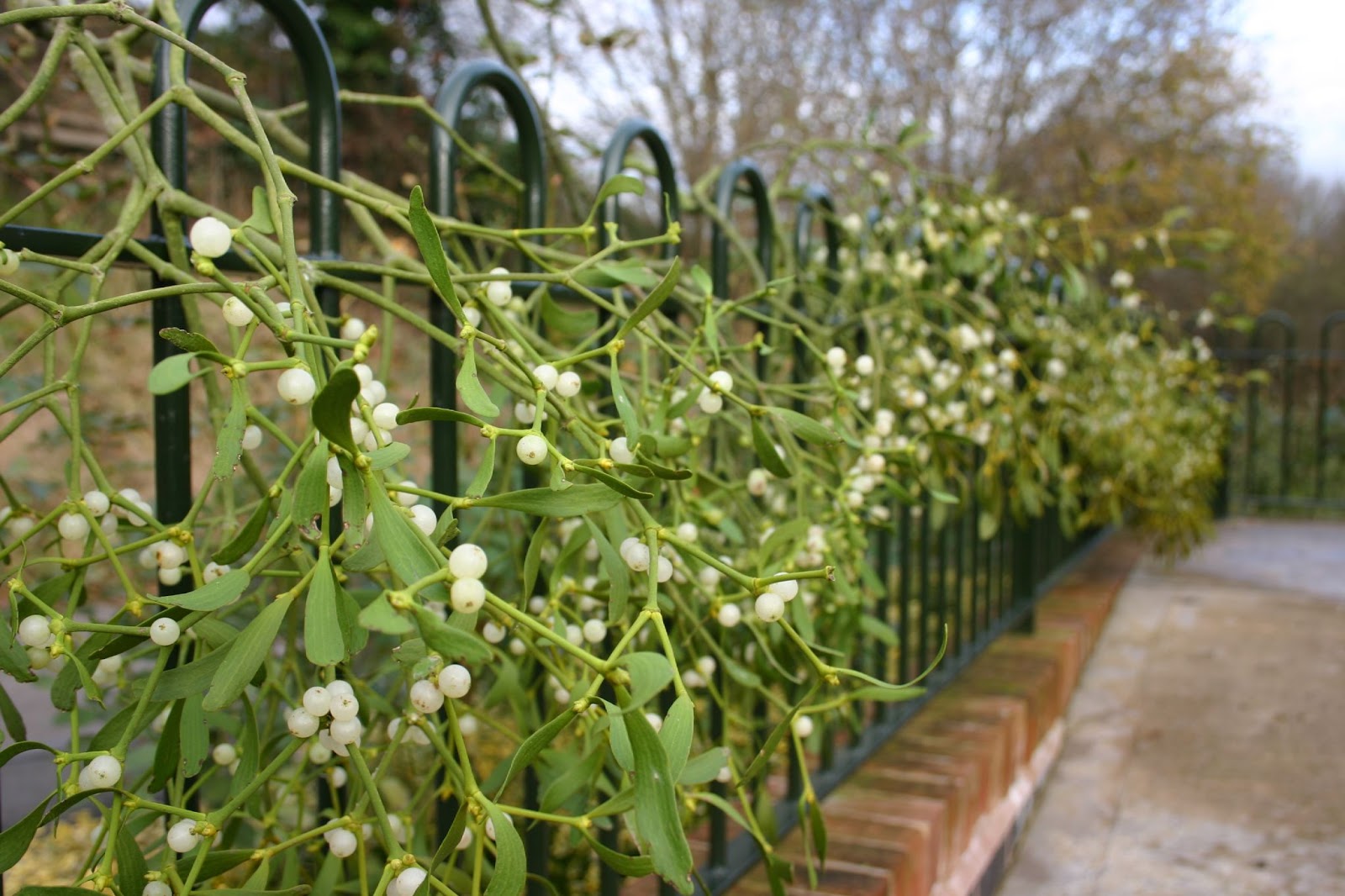

















Comments
With reference to nettles and using dock leaves to alleviate the rash... try plantain leaves, they are way better!